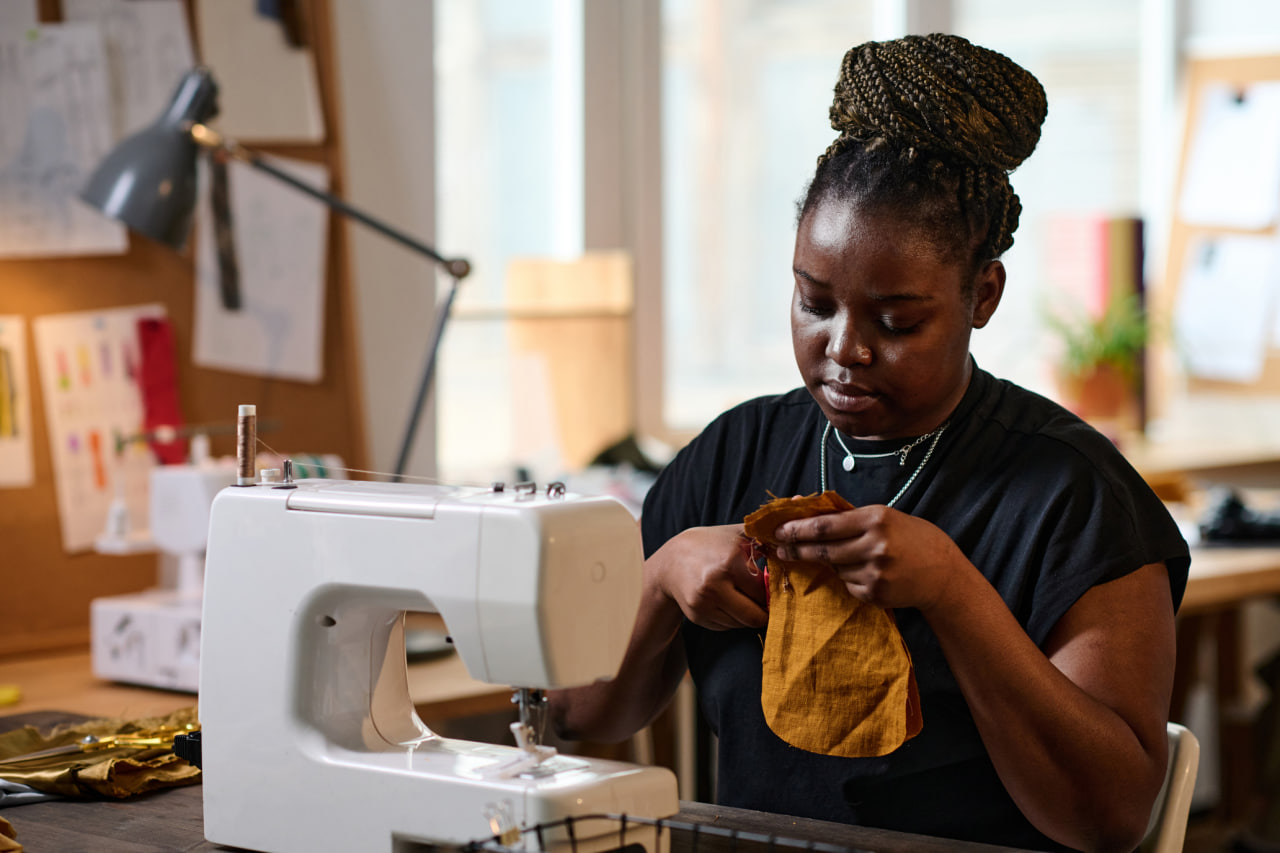Introduction to Clothing Repair and Alteration
Repairing and altering clothes at home is a practical skill that saves money, extends the life of garments, and allows for creative customization. Whether it’s fixing a small tear, adjusting the fit, or updating a worn-out piece, having the right knowledge and techniques empowers you to maintain a functional and stylish wardrobe.
Understanding the basics of fabric types, sewing techniques, and garment construction is essential for achieving professional-looking results. Small adjustments and repairs can transform old clothing into pieces that feel new, unique, and perfectly tailored to your style.
Assessing Your Garment
Before making any repairs or alterations, carefully inspect the garment. Look for tears, loose threads, worn areas, or stretched seams. Determine the type of fabric and its stretch, thickness, and durability. This assessment helps you decide which techniques and tools are appropriate for the job.
- Identify Problem Areas – Mark holes, frayed seams, or stretched sections to address them systematically.
- Check Fabric Type – Different fabrics require specific needles, threads, and stitch types to avoid damage.
- Measure Carefully – Take accurate measurements before altering fit, ensuring symmetry and proper sizing.
Evaluating your garment thoroughly prevents mistakes and ensures repairs and alterations are both effective and long-lasting.
Basic Repairs for Everyday Wear
Simple repairs can quickly restore the functionality and appearance of your clothes.
- Mending Tears and Holes – Small rips can be sewn with matching thread using a hand stitch or machine stitch. For delicate fabrics, a zigzag stitch or patch can reinforce the area.
- Replacing Buttons and Fasteners – Secure loose buttons with matching thread and a sturdy knot. Replace missing snaps or hooks with new ones for functionality.
- Fixing Hems and Seams – Loose hems can be resewn using a straight stitch. Open seams should be realigned and stitched securely to prevent further damage.
These simple repairs extend the life of garments and maintain their original look without requiring professional help.
Alterations for Fit and Style
Altering clothes allows you to adjust fit, enhance style, or repurpose items for a fresh look.
- Taking In or Letting Out Seams – Adjust the width of garments by sewing new seams or expanding existing ones. Careful measurement ensures the change is even and flattering.
- Adjusting Hems – Shorten or lengthen pants, skirts, or sleeves to improve fit or style. Precision in measuring and cutting is key for a professional finish.
- Shaping Waistlines – Add darts, elastic, or panels to improve the silhouette of dresses, skirts, and pants. This technique customizes garments to your body shape.
- Repurposing Old Clothing – Transform worn garments into new items, such as turning a shirt into a skirt or a pair of jeans into shorts, using basic cutting and sewing techniques.
Alterations enhance comfort and personalization, making your wardrobe more versatile and stylish.
Tools and Techniques for Success
Using the right tools and techniques improves both the quality and ease of repairs and alterations.
- Sewing Machine – Speeds up stitching and provides consistent, strong seams for durable results.
- Hand Sewing Needles – Ideal for delicate areas, precise stitching, or finishing touches.
- Pins, Clips, and Chalk – Hold fabric in place and mark adjustments accurately.
- Seam Ripper – Allows you to carefully remove unwanted stitches without damaging fabric.
- Measuring Tape and Ruler – Ensure precise alterations and balanced hems.
Mastering these tools and techniques builds confidence and enables more complex adjustments over time.
Tips for Working with Different Fabrics
Different fabrics require specific handling to avoid damage and achieve professional results.
- Cotton and Linen – Easy to sew and press, but prone to fraying. Use sharp scissors and finish raw edges.
- Knits and Stretch Fabrics – Require stretch stitches or zigzag patterns to maintain elasticity and prevent breaking seams.
- Delicate Fabrics (Silk, Chiffon, Lace) – Use fine needles, light stitching, and careful handling to avoid puckering or tearing.
- Denim and Heavy Fabrics – Use strong thread, heavy-duty needles, and reinforced seams for durability.
Understanding fabric behavior ensures that repairs and alterations look natural and last longer.
Maintaining Your Garments
Regular maintenance prevents the need for major repairs and keeps clothes in good condition.
- Proper Washing and Care – Follow care labels to prevent shrinking, stretching, or fading.
- Inspect Clothing Regularly – Early detection of loose threads, seams, or small holes allows for timely repair.
- Storage and Folding – Proper folding, hanging, and storing reduces wear and maintains shape.
Consistent care complements sewing skills, helping garments remain wearable and stylish for years.
By combining careful assessment, basic repairs, thoughtful alterations, and the right tools, you can confidently maintain and customize your wardrobe. Repairing and altering clothes at home is both practical and creative, empowering you to extend the life of garments while expressing your personal style.

